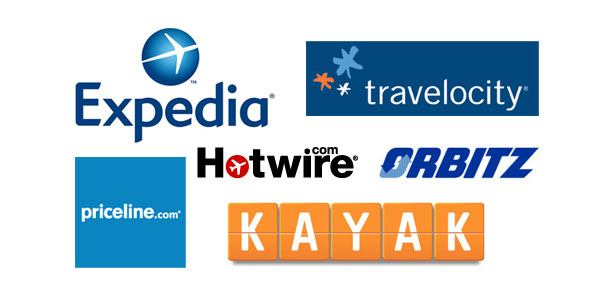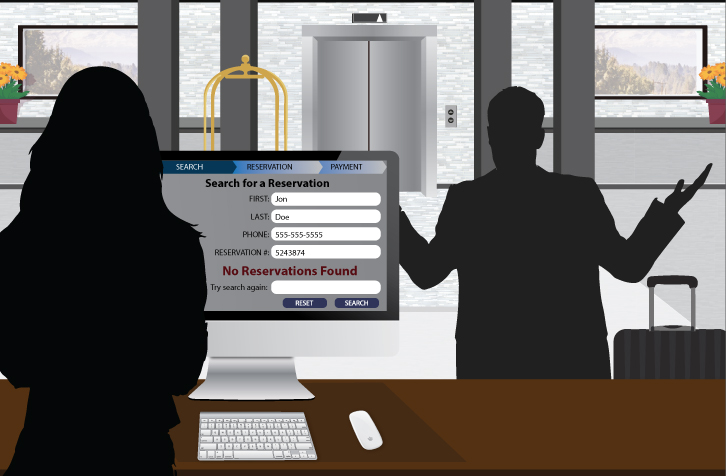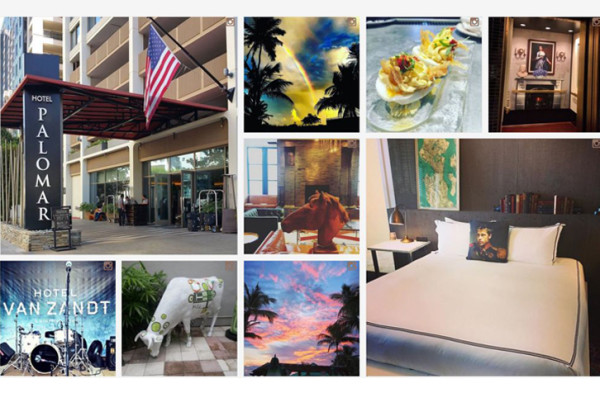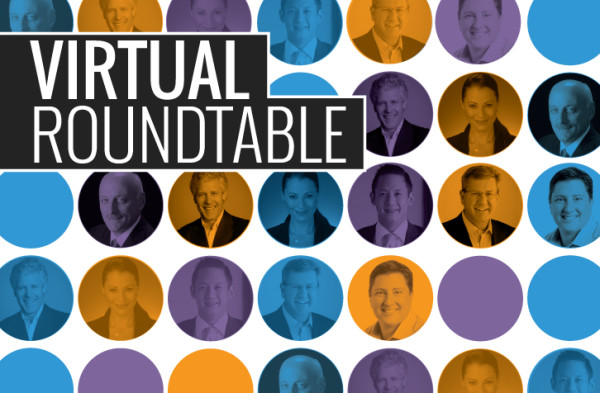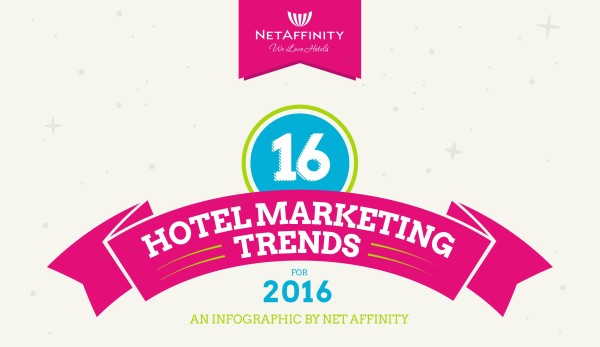When it comes to renovations, savvy owners are investing their money in design aspects that matter most to the guest. Nunzio DeSantis, executive vice president and director of HKS Hospitality Group, shares his perspective on where hotels can get the biggest bang for their buck.
Emphasize guest public spaces.
“The lobby has the opportunity to create an interesting and engaging space. We see every type of guest—business, leisure, group—enjoying and entering this space. Everyone must enter and check-in and everyone must exit and check out through this space. If you take a look at the lobby, it can also be an extension of the bar, coffee shop, or restaurant. The quality of seats and materials will bring business travelers down to conduct work and entice group visitors to congregate in this space.â€
Lighting is key.
“Look at how each room plays off of the other. How are the indoors and outdoors connected? What is the lighting like? Is it natural or synthetic lighting? The best way to make your guests happy they have chosen your hotel as their home away from home is a great view. Location and views change the entire experience.â€
Design a navigable guestroom.
“There are two functionalities we are finding more and more hotels could be benefiting from: Mobility within the room and creating a square room. Most rooms are entered from a corridor. The guest then enters their room by walking into yet another corridor, thus elongating the anticipation of the satisfaction of their room. What I suggest is to create a 22-by-22-square-foot room instead of the typical 15-by-32-square-foot room. You do this by pushing the closet, typically to your right, and the wet room, typically to your left, to the back of the room. You not only create more space within the room, you also have now made the wet room less or a confined closet and more of an enhanced experience with a window. You have also created space for mobility.â€
Create a clean bathroom space.
“The lavatory is what is going to set one brand apart from the rest. Customer service is always going to vary from brand to brand and is part of the interaction aspect of hotels, but everyone utilizes the lavatory, and everyone prefers it clean and functional. My suggestion is to get rid of the bathtub altogether and have a shower with a ledge. Really think about the guest—not everyone is the same height, so adjustability of the shower head is very important. Think about the firmness of the water, how it hits you, the temperature controls and what really should be the universal way to turn the shower on and off. And lastly, the drain should be slanted—this way everyone’s filth isn’t circling—and the doors should be an opaque glass. It’s clean, elegant, and private.â€
Craft an all-encompassing fitness experience.
“Fifteen to 20 years ago, fitness rooms had no windows and were a small room with a few pieces of equipment. Today, people want fitness with a view, great outdoor patios for a cool down, innovative lighting, larger open spaces to move around, and equipment that is functional.â€
Whenever DeSantis travels and stays in a new hotel, his architect side always emerges. As a guest, he constantly looks at what the properties are doing right or wrong, and whether things are working as intended. DeSantis says hotel design is all about making the right mistakes. “You try until it works, and when it does, you watch your guests’ experiences come to life.â€
For more:Â http://bit.ly/1SNBvU2






